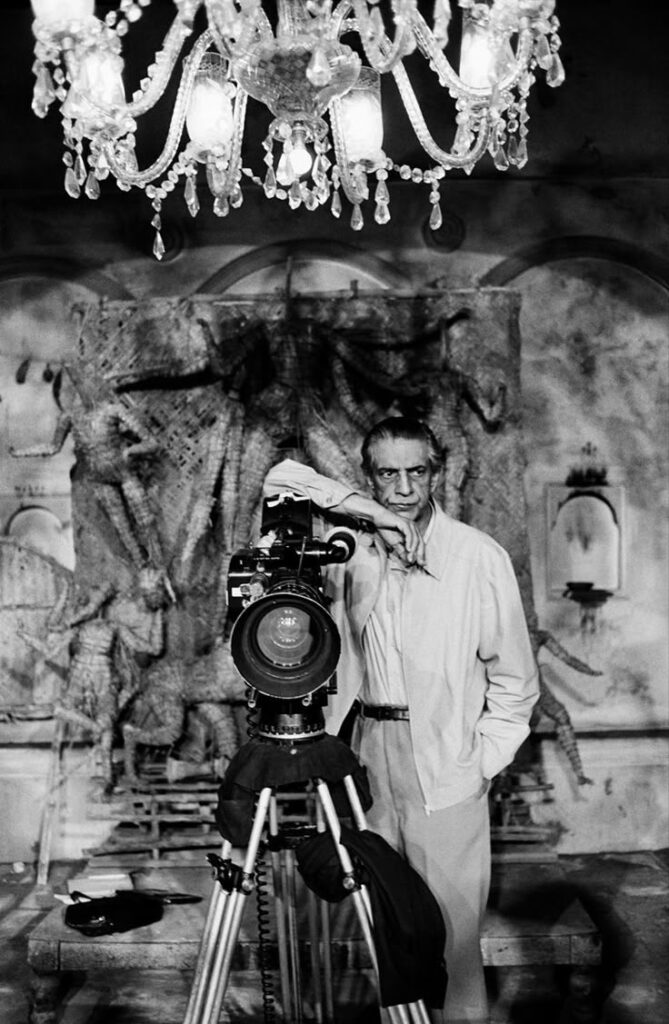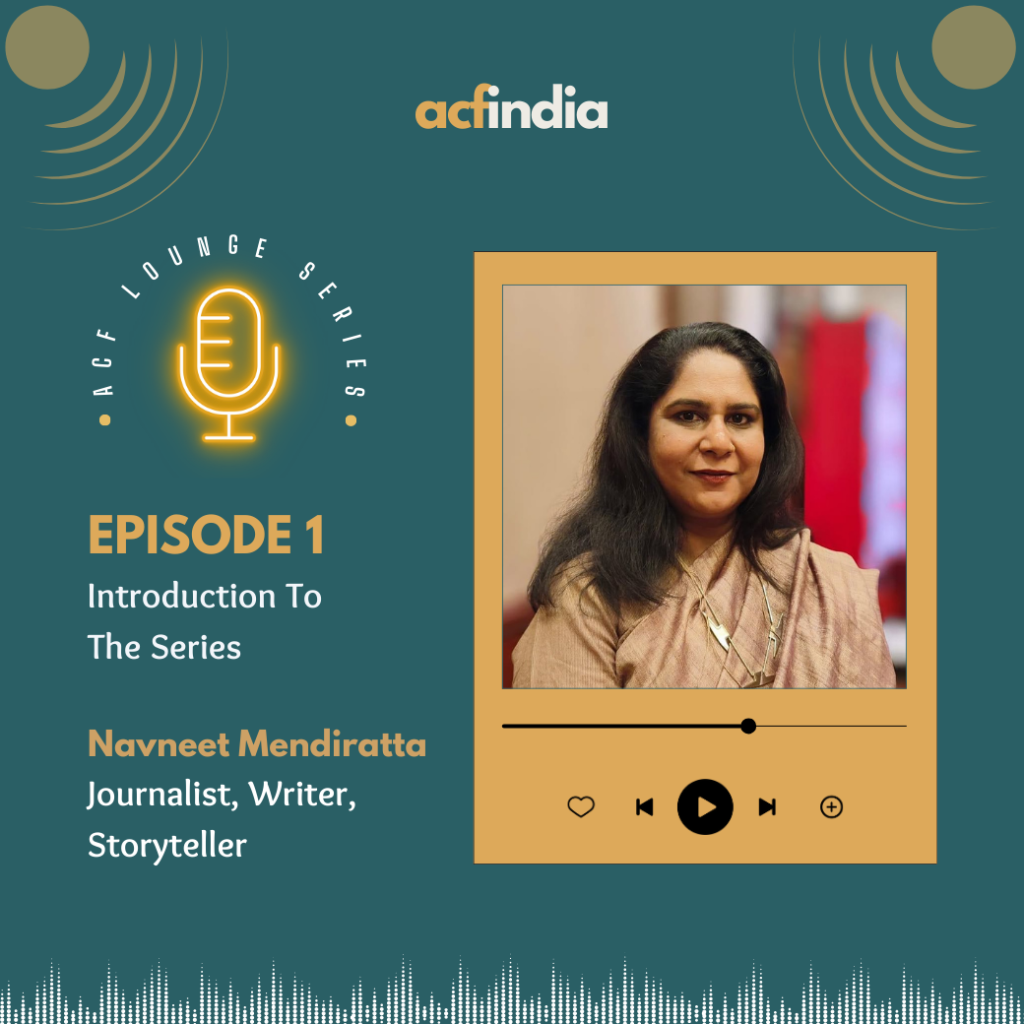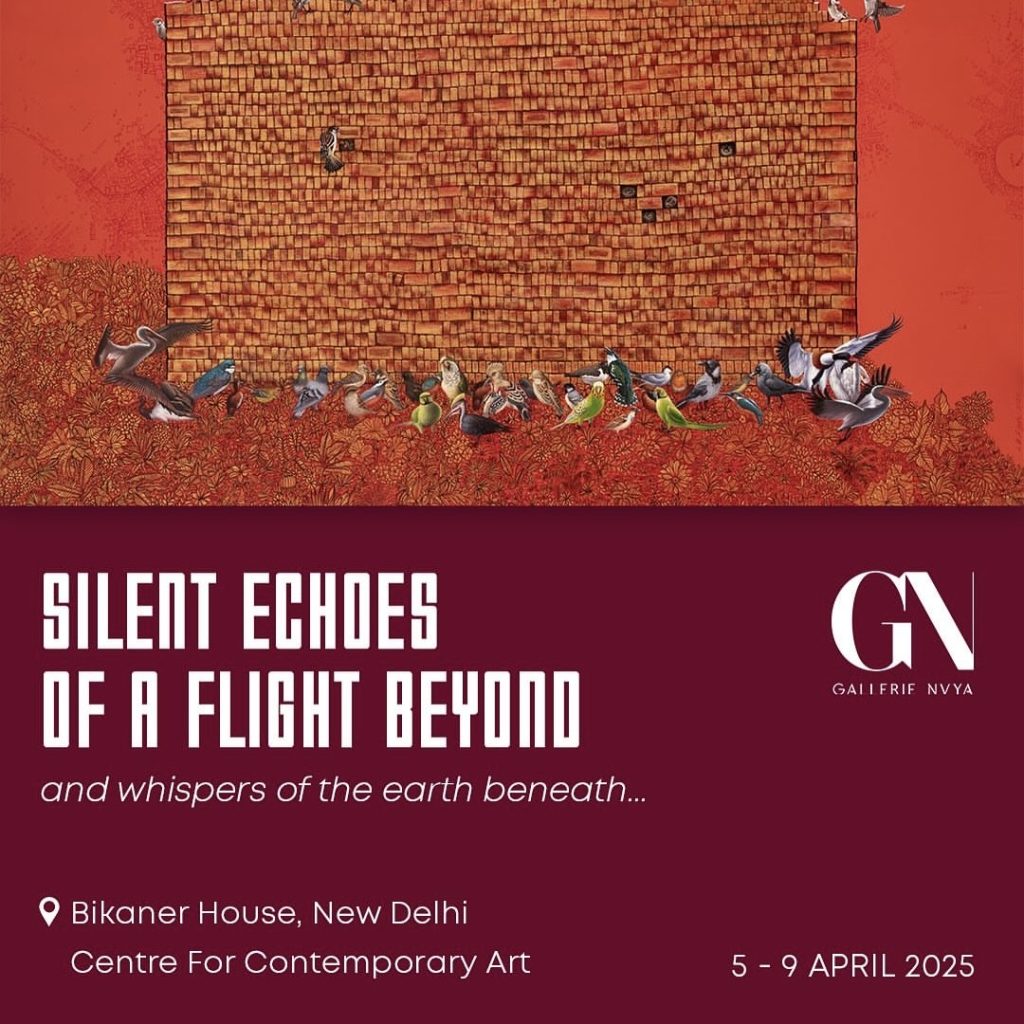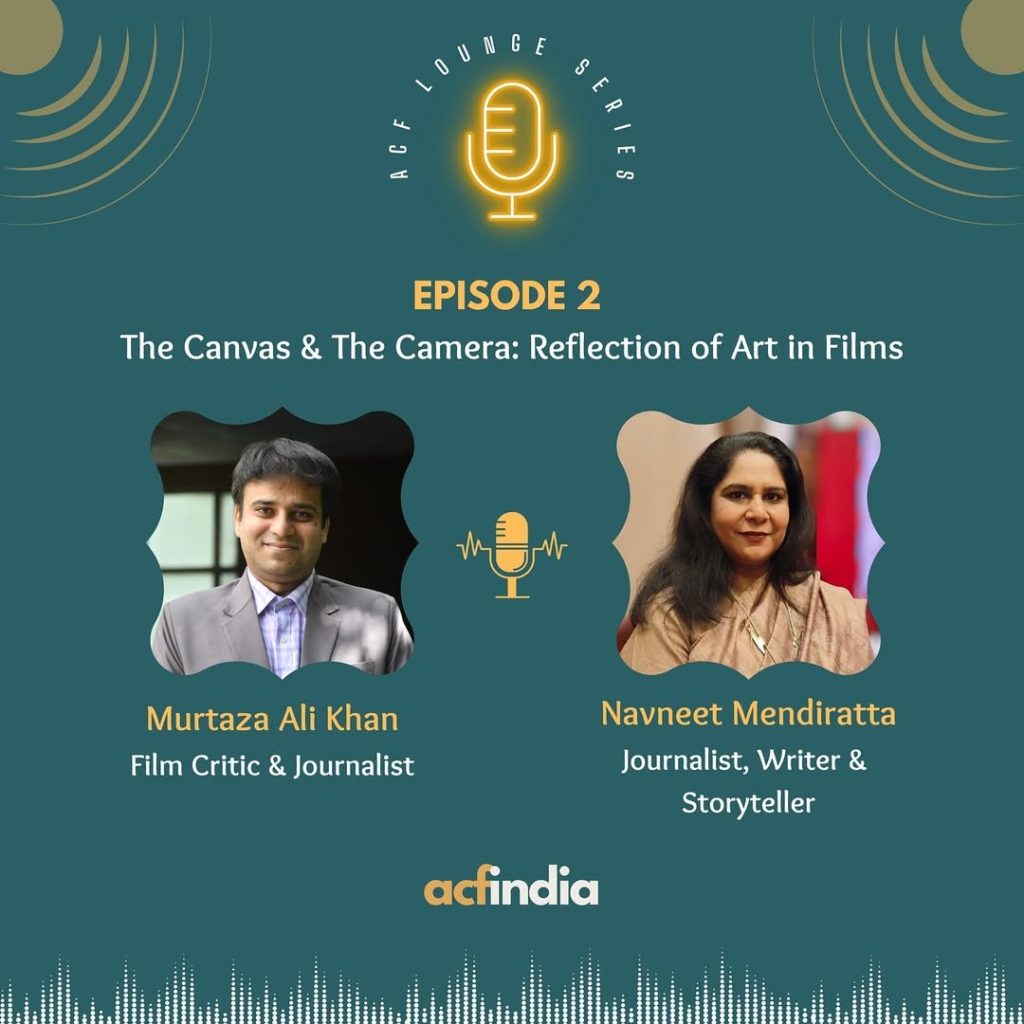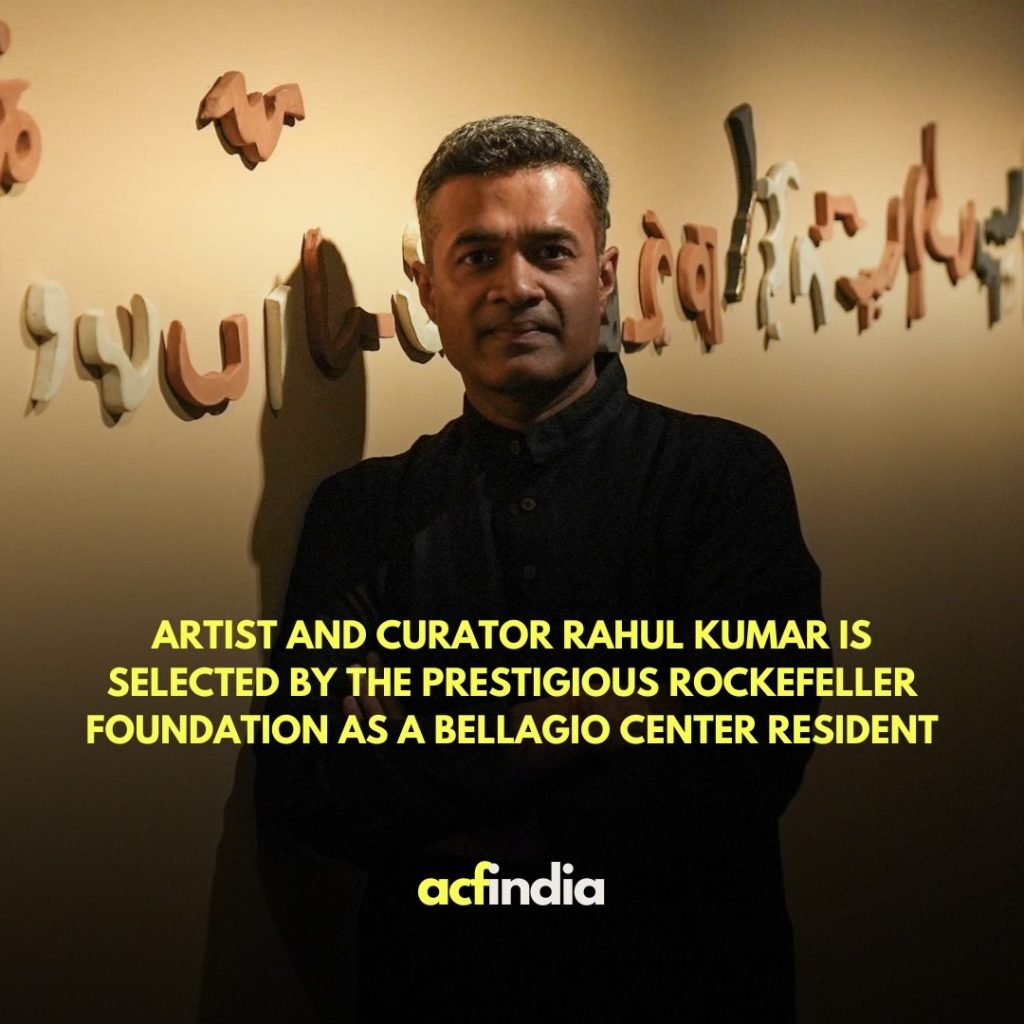By Bhavya Balamurali
Before Indian cinema became a spectacle of stars and songs, it was a quiet rebellion of artists who spoke of the ordinary, questioned the powerful, and stitched the pulse of a nation into frames of light and shadow. These are the visionaries who laid its earliest foundations and carried its stories to the world.
Satyajit Ray
“Cinema’s Characteristic forte is its ability to capture and communicate the intimacies of the human mind.” – Satyajit Ray
Image Credit: Satyajit Ray via Pinterest
Often called the father of Indian parallel cinema, Ray was the man who brought the pulse of Indian aesthetics to global recognition. A filmmaker, storyteller, composer, writer and illustrator, he was the renaissance hero of Indian Cinema.
Satyajit Ray changed the face of Indian Cinema with his deeply human stories and a meticulous eye for details. Giving Indian cinema a new voice, Ray’s movies are masterclass in realism, emotions and visual poetry with stories which were true to his land. Bagging the Best Human Document at Cannes for his 1955 debut fil ‘Pather Panchali’, he swept hearts globally, representing India on the world stage with dignity and authenticity.
Honored with an Honorary Oscar in 1992, Satyajit Ray’s works still continue to inspire filmmakers worldwide.
G Aravindan
“I can never expect to be an atheist though I can’t say I believe in a God sitting in heaven. Concretely, I believe in supernatural powers, in the mystical – these phenomena are very real” – G Aravindan.
Image Credit: Photo by Peter Chappell, G. Aravindan with Smita Patil and Nasreen Munni Kabir. Via The Hindu
A man ahead of his time, G Aravindan’s work cannot be captured in words, they must be experienced on a screen. Blending mysticism, philosophy and cultural memory he created some of finest Indian movies that had elements which were not even experimented in Indian cinema at that time. His films ‘Thampu’ captured the transition of life through a circus that arrives and vanishes like a dream. ‘Kumatty’, a children film, blurred the line between fable and reality, in ‘Kanchana Sita’, Aravindan reimagines myth, portraying Rama as a vulnerable tribal leader and Sita as the embodiment of nature itself.
In an era where Indian cinema chased structure and spectacle, he crafted poetic films woven with mysticism, folklore and unfiltered magic.
Raj Kapoor
“I dream cinema, I breathe cinema, I live cinema.”– Raj Kapoor
Image Credit: Raj Kapoor via Pinterest
A dreamer of his time, Raj Kapoor crafted cinema where sentiment met spectacle, and the ordinary mans sorrow unfolded with poetic flourish. Deeply influenced by Soviet silent films, Chaplin’s tramps and neorealism, Kapoor wove populist narratives laced with social critique, set to timeless music and striking visuals. Classics like ‘Awaara’ (1951), ‘Shree 420’ (1955) and ‘Mera Naam Joker’ put forth conversations about the country’s moral dilemma which tackled themes of poverty, inequality and moral conflicts. His words spoke to audiences from Moscow to Cairo, making him India’s first global icon.
Winner of multiple National Film Awards and the Padma Bhushan, Raj Kapoor’s cinema remains a lyrical ode to hope in a fractured world.
V Shantaram:
Legendary actor filmmaker Charlie Chaplin had described Shantaram’s “Manoos” as one of the most interesting Indian classic films.
Image Credit: V Shantaram via Pinterest
In the vast story of Indian cinema, V. Shantaram stands as a cultural reformer who understood cinema’s power to spark social change. Beginning his journey in the silent era, he later pioneered the use of sound and colour in Indian Films, always chasing what lay beyond the horizon. His six-decade long career shaped Indian cinema’s moral and aesthetic compass, with films like ‘Do Aankhen Barah Haath’ (1957), ‘Manoos’ (1939) and ‘Jhanak Payal Baaje’ (1955) he was unafraid to challenge orthodoxy, often centring strong, complex women and humanist ideals at their heart.
Earning national and international acclaims including the President’s Gold Medal, Berlin OCIC Award, accolades from Cannes and the Dedasaheb Phalke Award, Shantaram believed cinema should uplift, question and reform.
Bimal Roy
“With his very first film ‘Udayer Pathe’ Bimal Roy was able to sweep aside the cobwebs of the old tradition and introduce a realism and subtlety that was wholly suited to the cinema.” – Satyajit Ray about Bimal Roy
Image Credit: Bimal Roy via Pinterest
Bimal Roy was a poet of shadows and silences, weaving cinema that spoke of injustice in whispers, dressing harsh truths in the tenderness of human frailty. Roy rooted his narratives in everyday realities, ‘Do Bigha Zamin’, his landmark masterpiece won him recognition at Cannes and Karlovy Vary. His works like ‘Parineeta’, ‘Bandini’, ‘Sujata’ and ‘Madhumati’ shimmered with a lyrical realism, blending progressive ideals with tender humanism. His work never chased spectacle, rather celebrated the quiet resilience of ordinary life through beautiful visuals.
A storyteller of silence, Bimal Roy shaped the conscience of Indian cinema, leaving behind a legacy that new waves of filmmakers still quietly inherit.
Chatan Anand
“Haqeeqat is not a film. It’s a mosaic.”— Satyajit Ray about Chetan Anand
Image Credit: Chetan Anand via Medium
Chetan Anand was a quite visionary who turned the camera into a witness to human struggles. In a time when Hindi cinema clung to painted sets and theatrical excess, Anand ventured outdoor capturing the dusty streets of ‘Necha Nagar’ with stark natural light, which was the first Indian Film to win the prestigious Grand Prix at Cannes in 1946, long before Indian cinema imagined itself in the global stage. A pioneer before the word became fashionable, Chetan Anand whether chronicling war’s bitter cost or resurrecting folklore did it with aching beauty where characters feel plucked out of real life.
Anand helped carve an early international identity for Indian cinema rooted in sincerity, not spectacle.
Honorary Mentions:
Adoor Gopalakrishnan
Guru Dutt
Tapan Sinha
Mehboob Khan
Shaji N Karun
Fatama Begum
K Vishwanath
Shyam Benegal
Vijay Anand
Nirad Mohapatra
Long before box office numbers and red carpets, these visionaries built Indian cinema’s first bridge to the world, one honest frame at a time. If you ever need a break from the glitz and glamour of contemporary cinema, these maestros have created evergreen worlds that would remind you why you need to embrace cinema.


